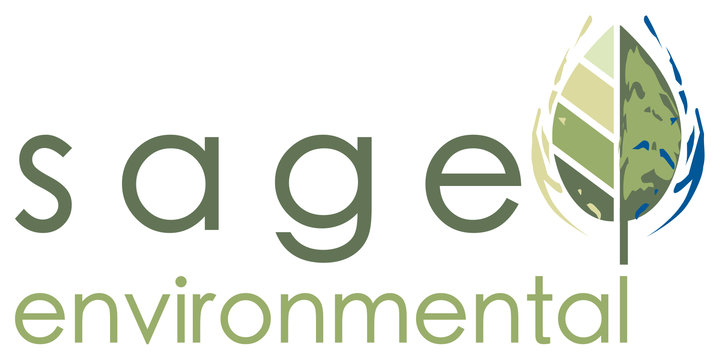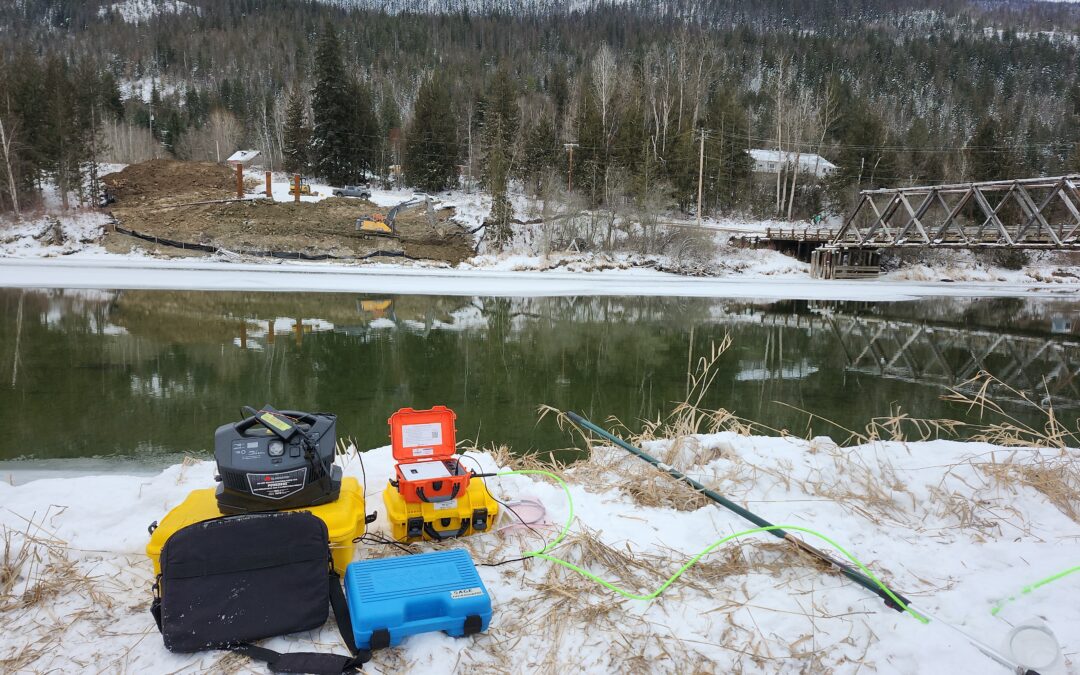As winter approaches, construction and development project managers face critical decisions. While the specific impacts of winter weather on your project may be uncertain, one thing is clear: it will have an effect. Now is the time to prepare your site and crew to manage these impacts effectively.
Construction Environmental Management Plan Review
Fall is the perfect time to review your Construction Environmental Management Plan (CEMP) and ensure that both general and site-specific environmental measures are in place. You may need lead-time to order and receive the necessary equipment or supplies for your site’s specific needs. Check in with your Environmental Monitor or CEMP author. In some circumstances there may be a need for specialist treatments or assessments prior to winters’ onset. A CEMP is considered a live document that is subject to updates to maintain regulatory and contractual compliance when circumstances change on a project. Now is the time to discuss your CEMP with your environmental team to make sure these changes are incorporated into the document prior to circulating updates to your project stakeholders.
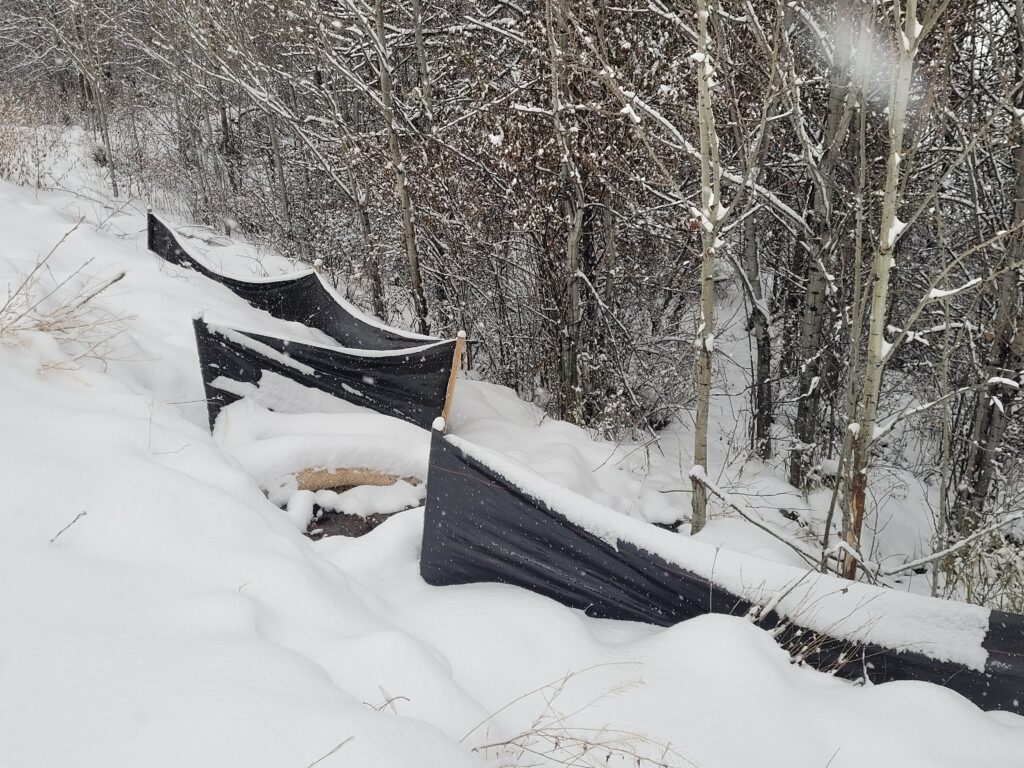
Erosion, Sedimentation and Containment
Winter precipitation—rain, snow, and eventual snow-melt—can strain erosion and sedimentation controls, as well as containment, diversion, and drainage systems. ESC measures and any containment, diversion, and drainage systems that will operate over the winter should be reviewed for effectiveness and suitability. Your environmental monitor should be tasked with reviewing these mechanisms with any necessary qualified professionals or contractors prior to the onset of winter weather. Documentation of this inspection should be provided as preliminary due diligence. Complete due diligence requires project owners and managers to follow up on environmental management recommendations prior to the onset of weather condition, whenever possible.These steps will help to mitigate potential release of harmful or hazardous materials to the environment. Throughout the winter continued diligence is necessary to ensure mitigation works are functioning. Snow load, winds, and freeze/thaw may break, crush and impede the effectiveness of mitigation works. Consider redundancy in sensitive areas that may have higher risk. The photo below shows a secondary silt curtain being installed for winter in-stream works.
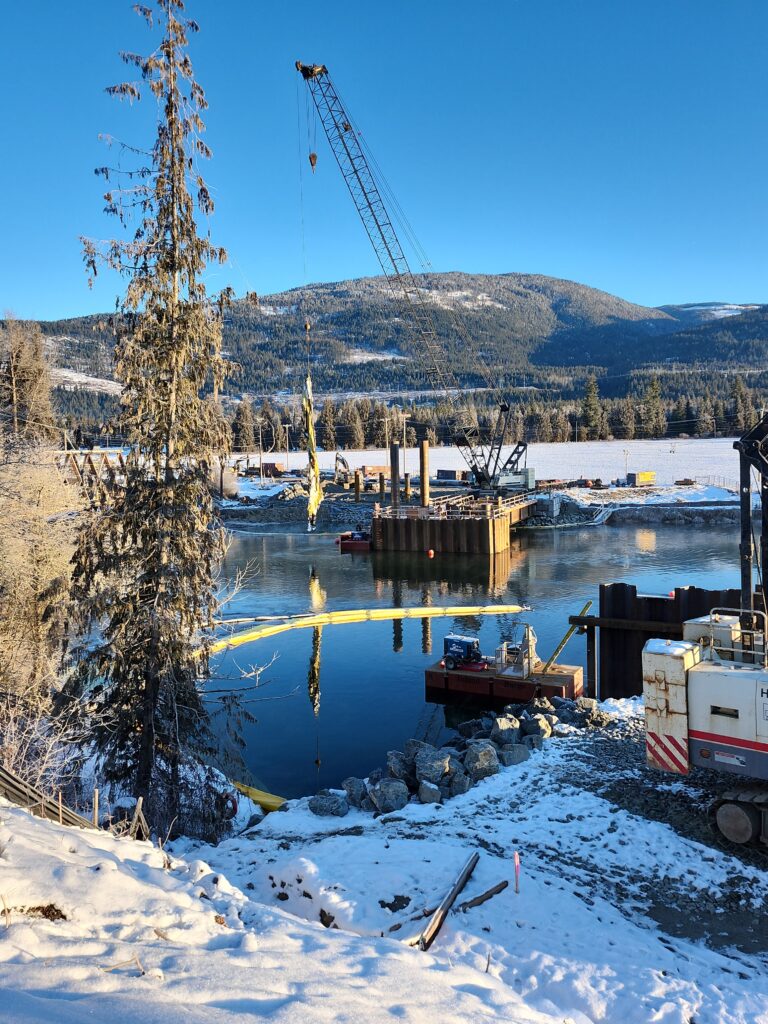
Communication
Circulating a document to stakeholders is important. But most construction and infrastructure projects tend to have fairly busy teams. So not every member is going to have the time to do a thorough review of a lengthy CEMP. Two additional steps that may be helpful are the production of an Environmental Protection Plan (EPP), and making some meeting time for an environmental monitoring discussion.
Environmental Protection Plan
EPPs are a slimmed down version of a CEMP. The EPP extracts key management details for Owners, Contractors and Operators to easily see areas of sensitivity and how to protect them during work. While these documents are typically created at the start of a project. A condensed version of winter-specific measures may be helpful for crew working daily on a project.
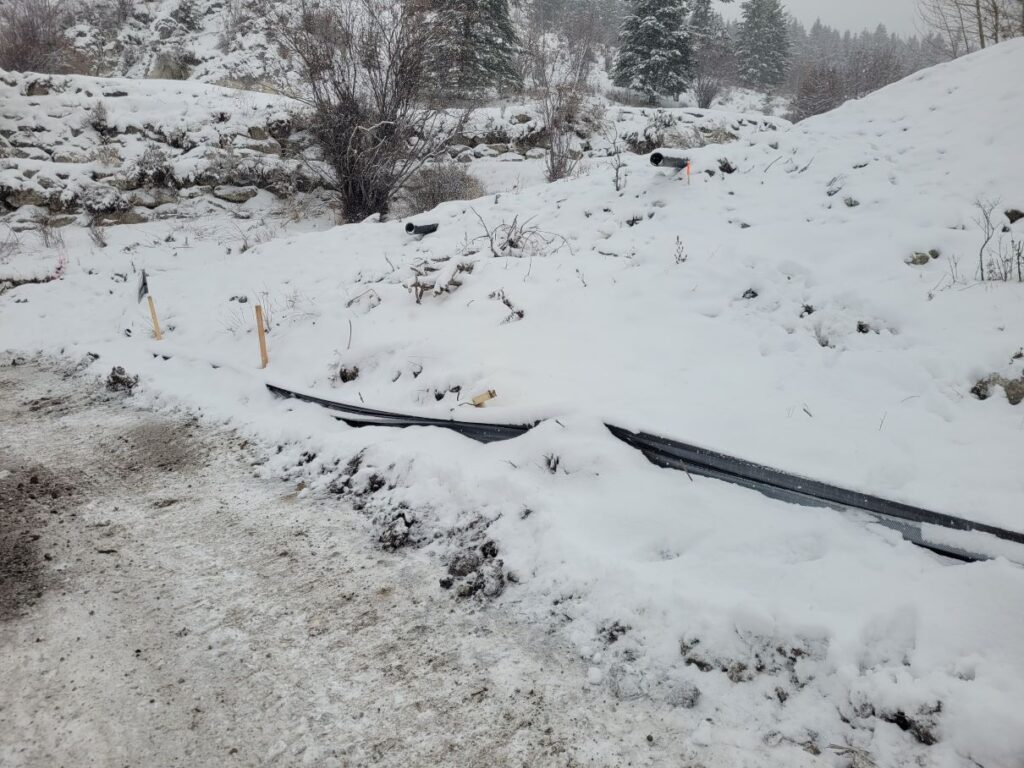
Safety Meeting Chat
Including environmental management in your safety meetings ensures that every team member understands site conditions and requirements. While this may not be standard practice, seasonal changes make it a timely addition that increases environmental awareness and responsibility. Our observation has been that this step improves environmental awareness and responsibility on construction teams. This also allows the opportunity for the team to ask questions of the environmental monitor or specialist.
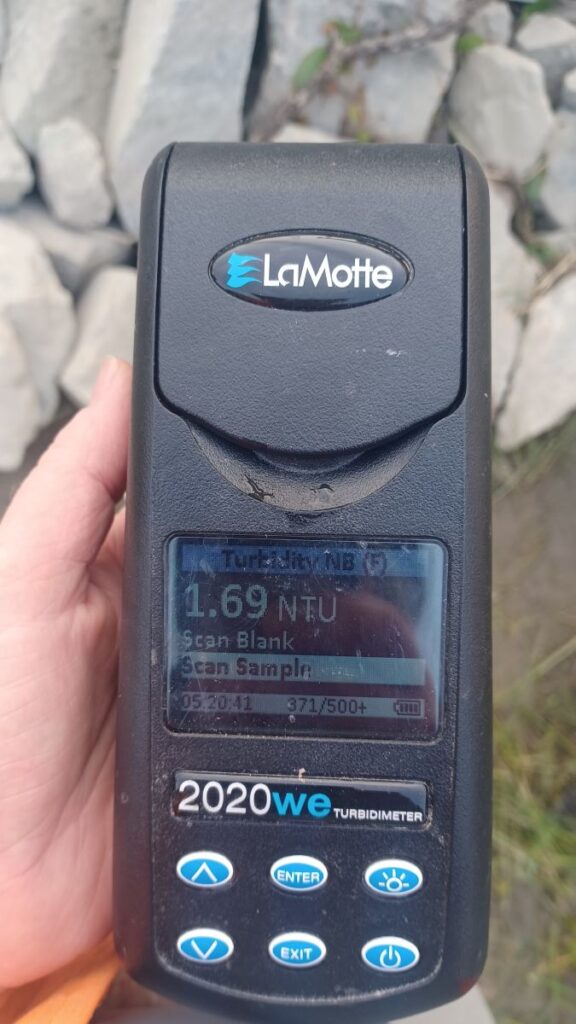
Who to hire
In British Columbia, ensure you hire a Qualified Environmental Professional (QEP) regulated under the provincial Professional Governance Act. Depending on the work, this could be an Agrologist, Biologist, Engineer, Forester, or Technologist.
